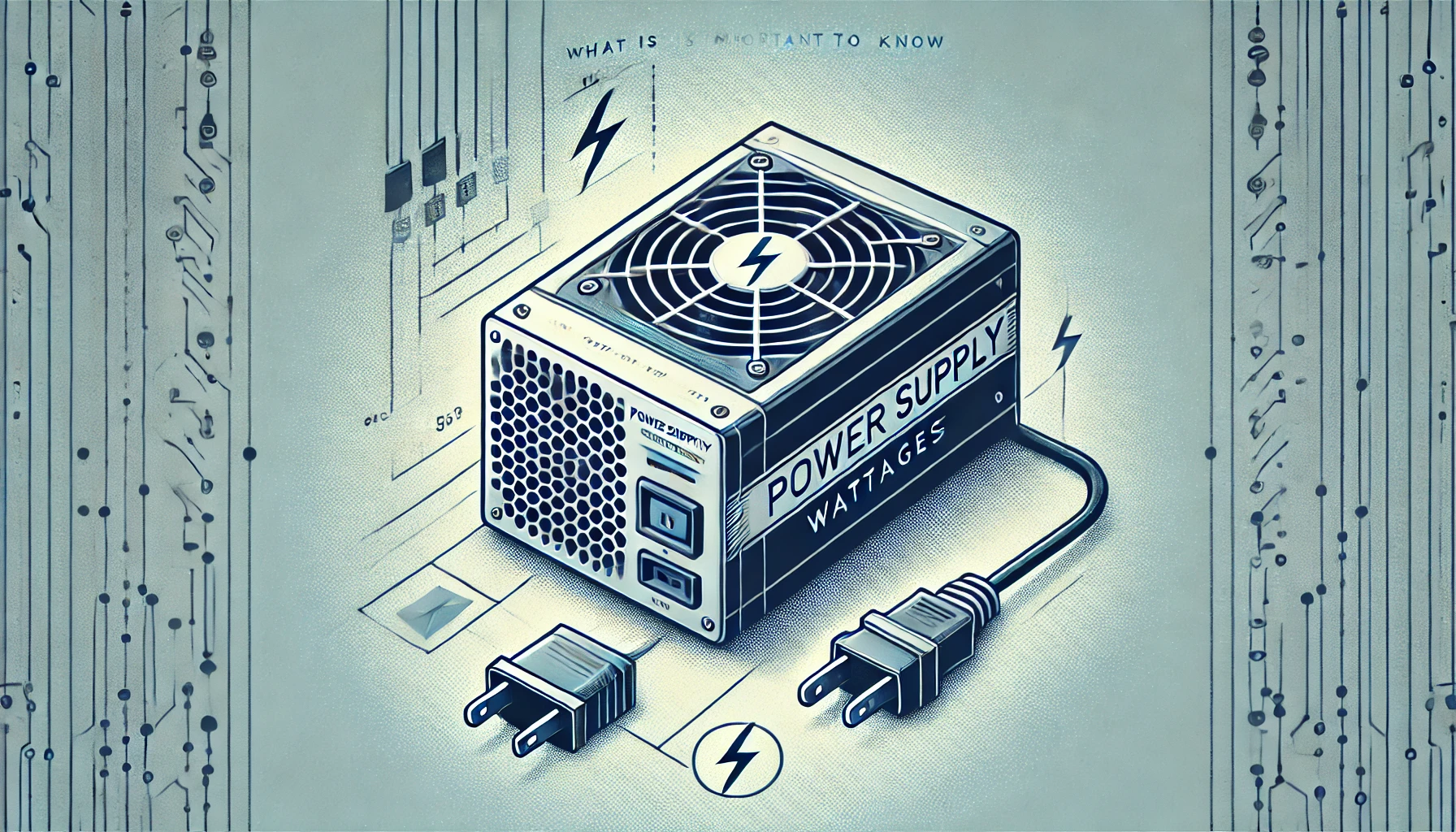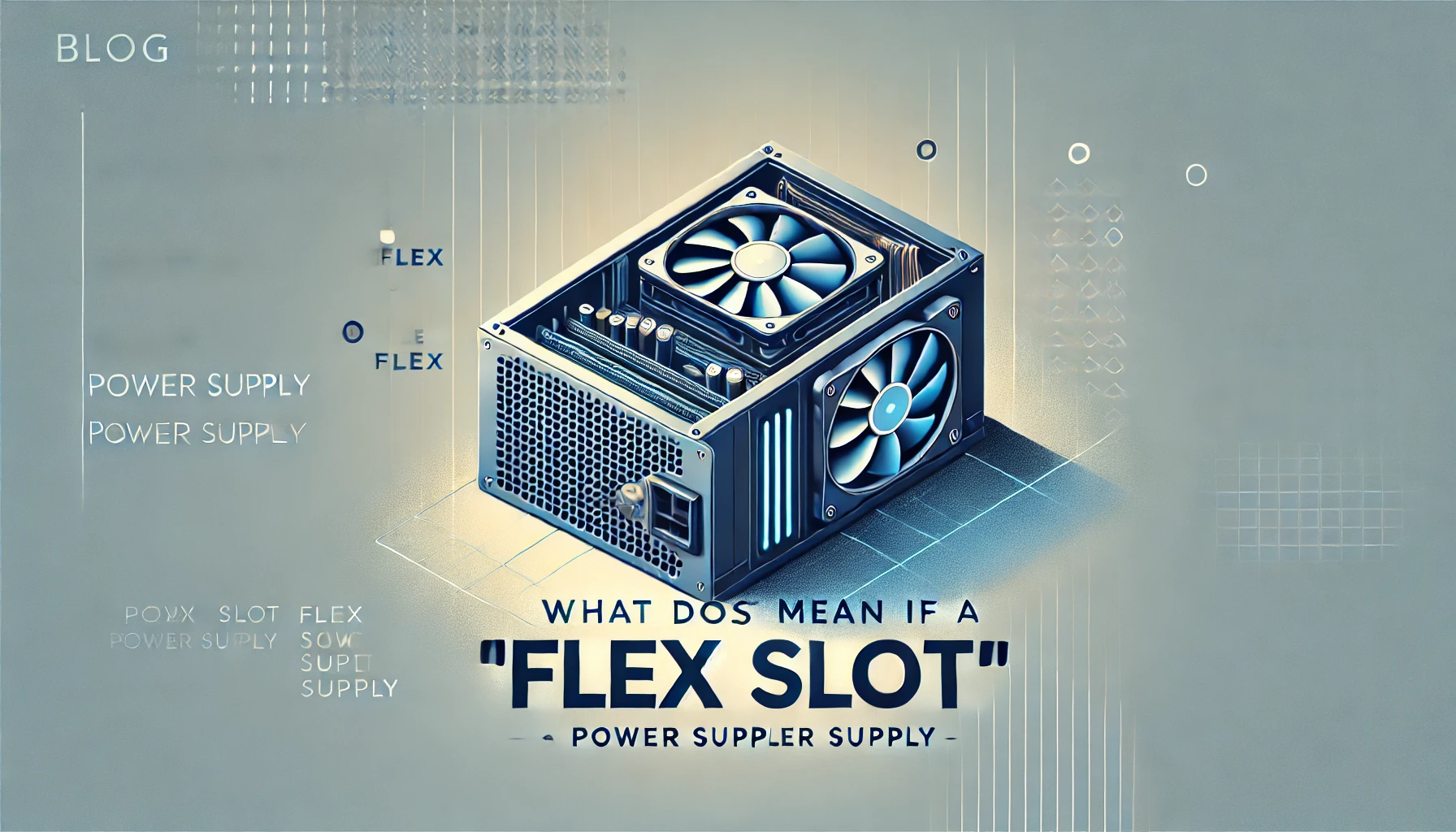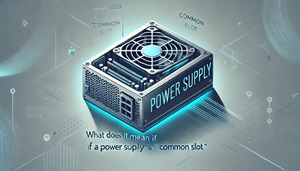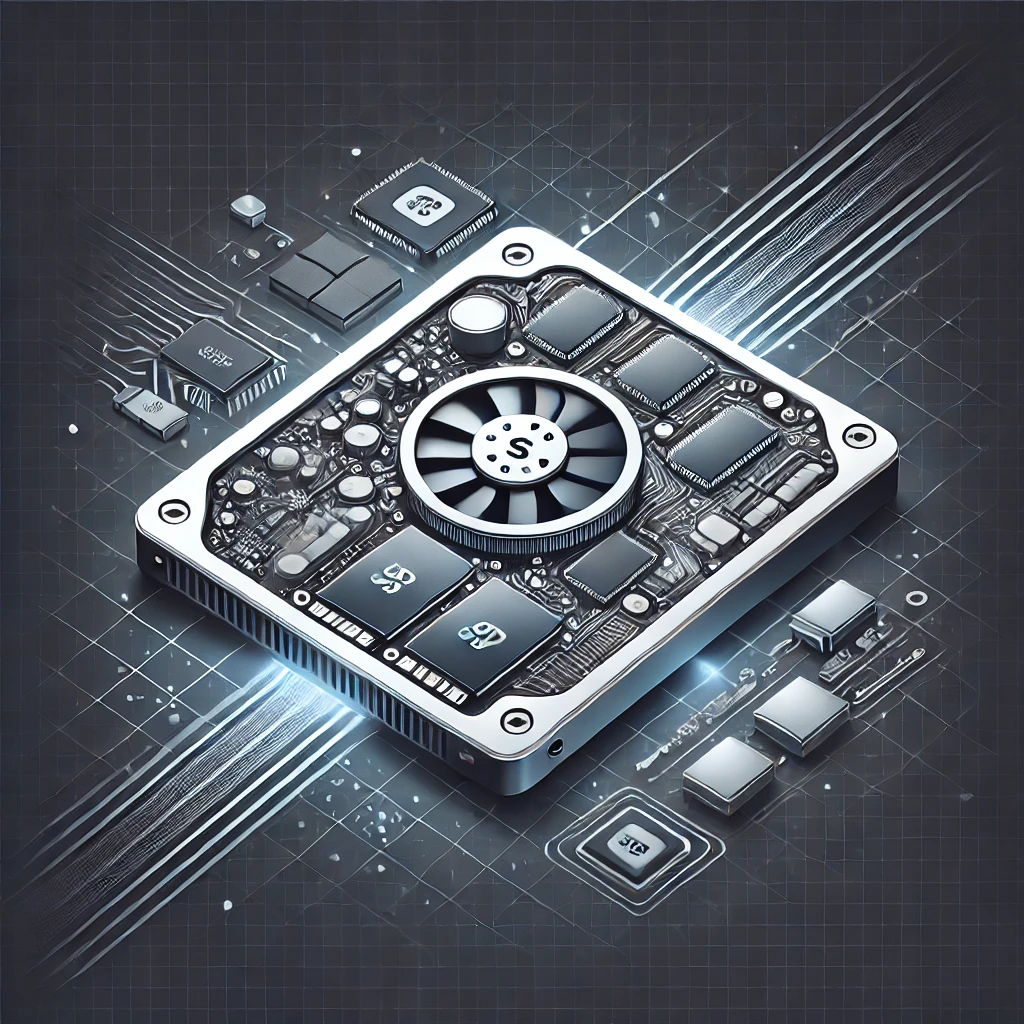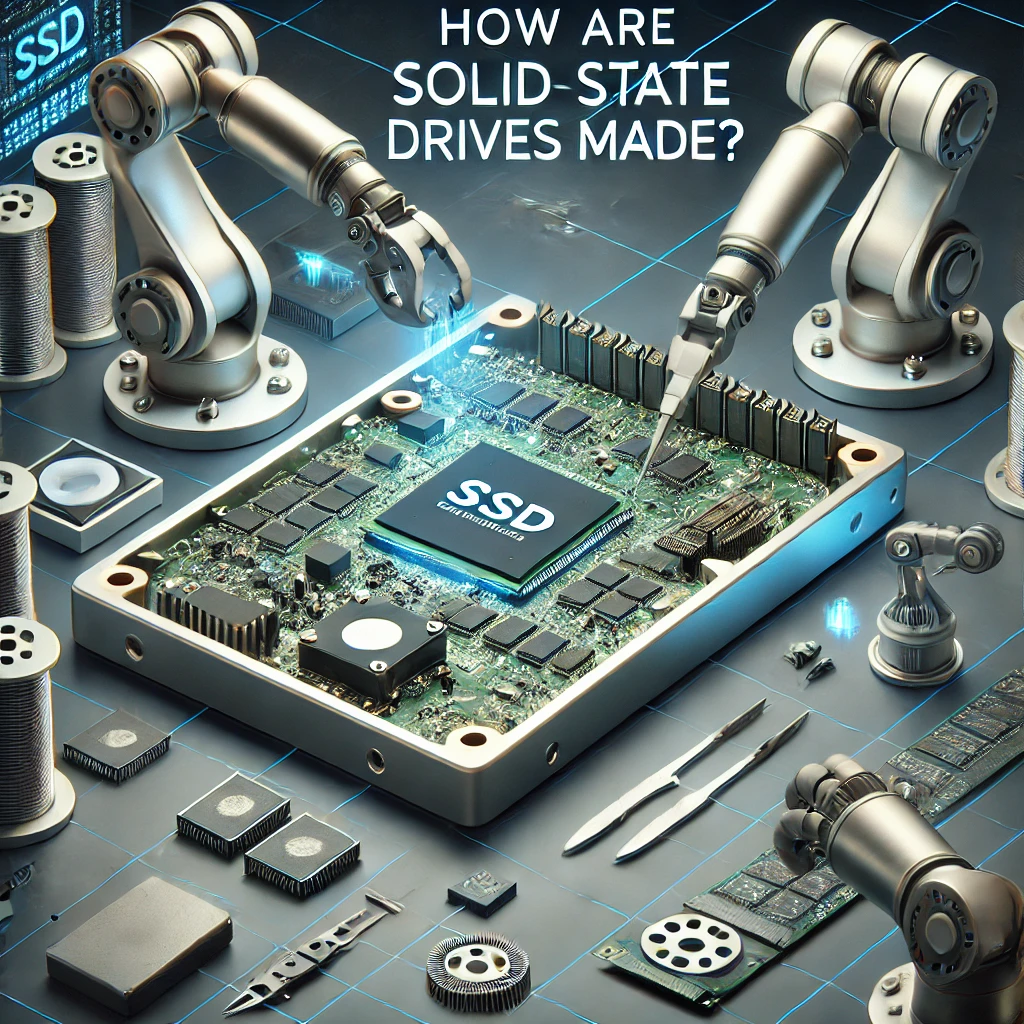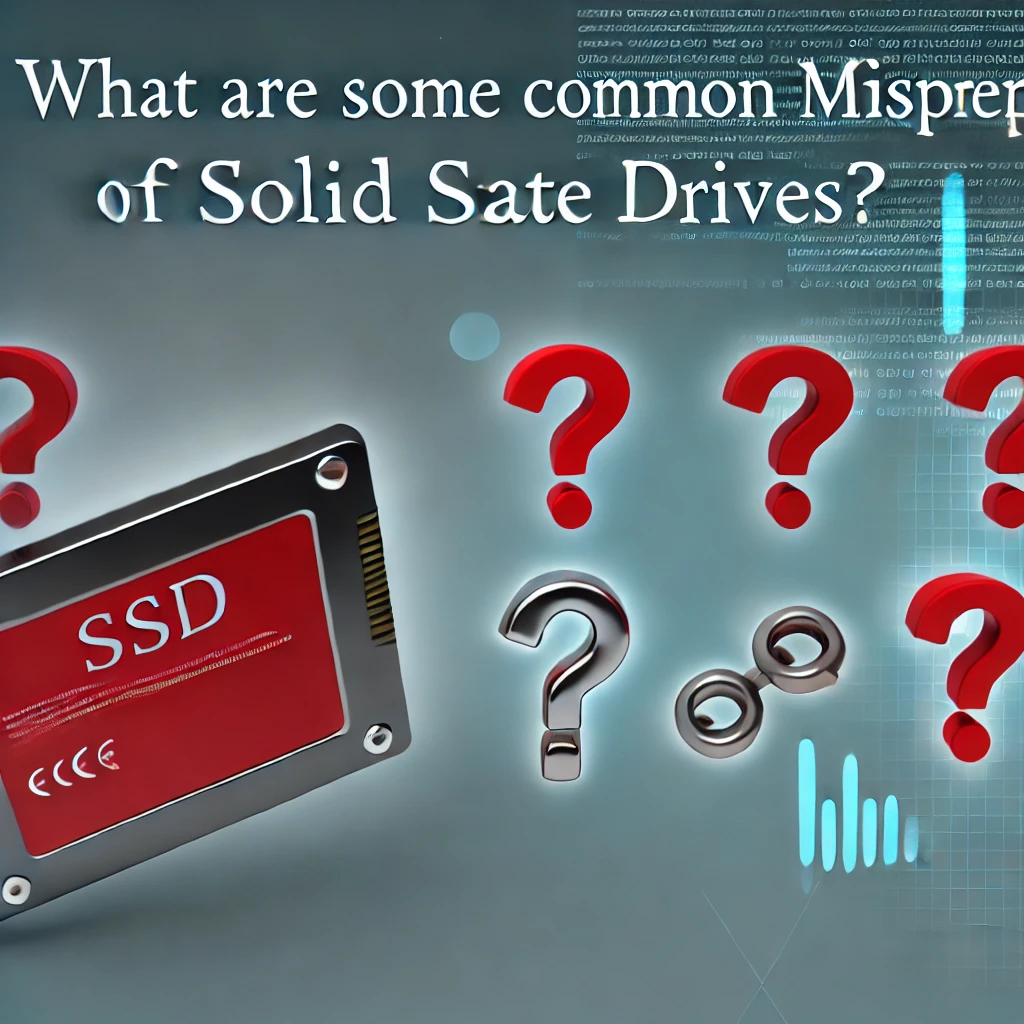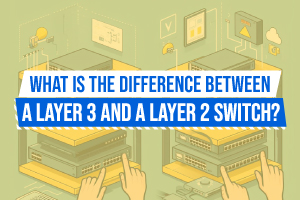Understanding NAND Flash Memory Types in SSDs: Making the Right Choice
When it comes to solid-state drives (SSDs), the type of NAND flash memory used plays a crucial role in determining performance, endurance, capacity, and cost. With multiple NAND flash memory options available, it's important to understand their characteristics and trade-offs. In this article, we'll explore the different types of NAND flash memory used in SSDs, including SLC, MLC, TLC, eMLC, and QLC, to help you make an informed decision when choosing an SSD for your specific needs.
- SLC (Single-Level Cell):
SLC is the premium NAND flash memory type, storing one bit of information per cell. This design offers exceptional performance, high endurance, and reliability. SLC SSDs excel in demanding environments, such as enterprise-grade systems, where data integrity and fast access are crucial. However, SLC SSDs tend to be more expensive due to their superior characteristics. - MLC (Multi-Level Cell):
MLC NAND flash memory stores two bits of information per cell, providing higher storage density and cost efficiency compared to SLC. While MLC SSDs offer slightly lower endurance and performance, they strike a balance between cost and capacity. They are commonly found in consumer-grade SSDs and mainstream storage solutions, delivering reliable performance for everyday computing needs. - TLC (Triple-Level Cell):
TLC NAND flash memory takes storage density and cost efficiency to the next level by storing three bits of information per cell. TLC SSDs are more affordable, making them popular choices for consumer-grade SSDs and mainstream storage solutions. However, TLC SSDs have lower endurance and slower write speeds compared to SLC and MLC. They are suitable for general-purpose computing tasks that prioritize cost-effectiveness. - eMLC (Enhanced MLC):
eMLC represents an enhanced version of MLC NAND flash memory. It leverages advanced controller technology and error correction mechanisms to improve endurance and performance. eMLC SSDs strike a balance between cost, performance, and endurance, making them suitable for enterprise-grade applications that require higher durability than standard MLC. eMLC SSDs bridge the gap between cost-effective MLC and high-performance SLC. - QLC (Quad-Level Cell):
The latest advancement in NAND flash memory technology is QLC, which stores four bits of information per cell. QLC SSDs offer even higher storage density and cost efficiency compared to TLC. However, they have lower endurance, slower write speeds, and reduced overall performance. QLC SSDs are commonly used in consumer-grade SSDs and budget-friendly storage solutions, maximizing capacity for everyday computing tasks.
Choosing the right NAND flash memory type is crucial when selecting an SSD that meets your specific needs. SLC excels in performance and endurance but comes at a higher cost. MLC strikes a balance between cost and capacity for mainstream applications. TLC offers cost-effective storage density but sacrifices some endurance and performance. eMLC provides enhanced durability without the premium cost of SLC. QLC maximizes capacity but has lower endurance and performance. Consider your requirements for performance, endurance, capacity, and budget to make an informed decision when choosing an SSD.
